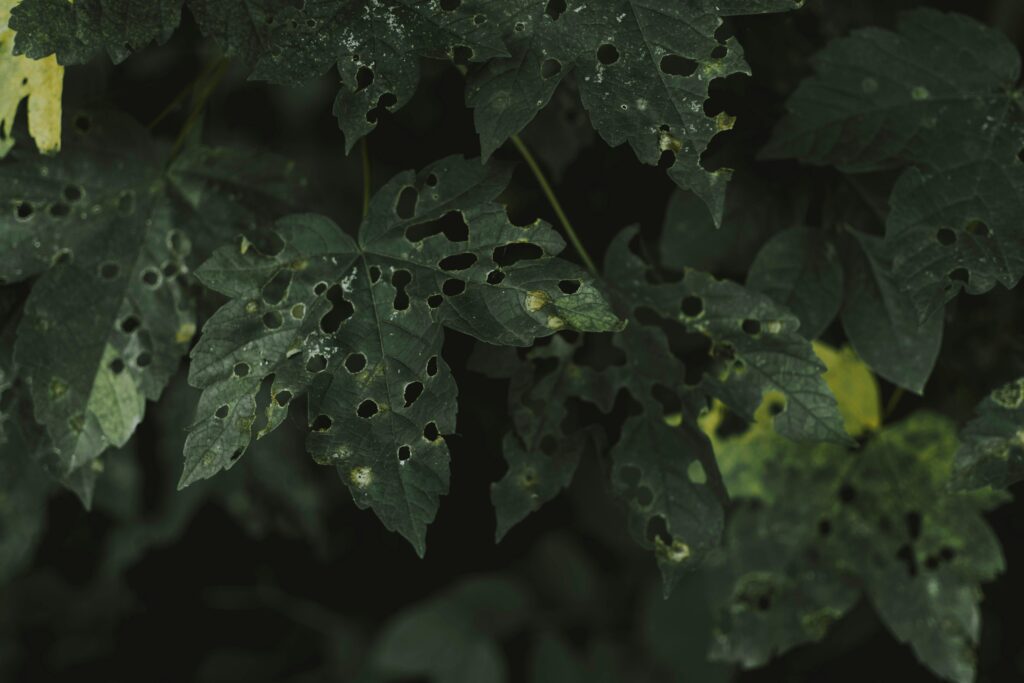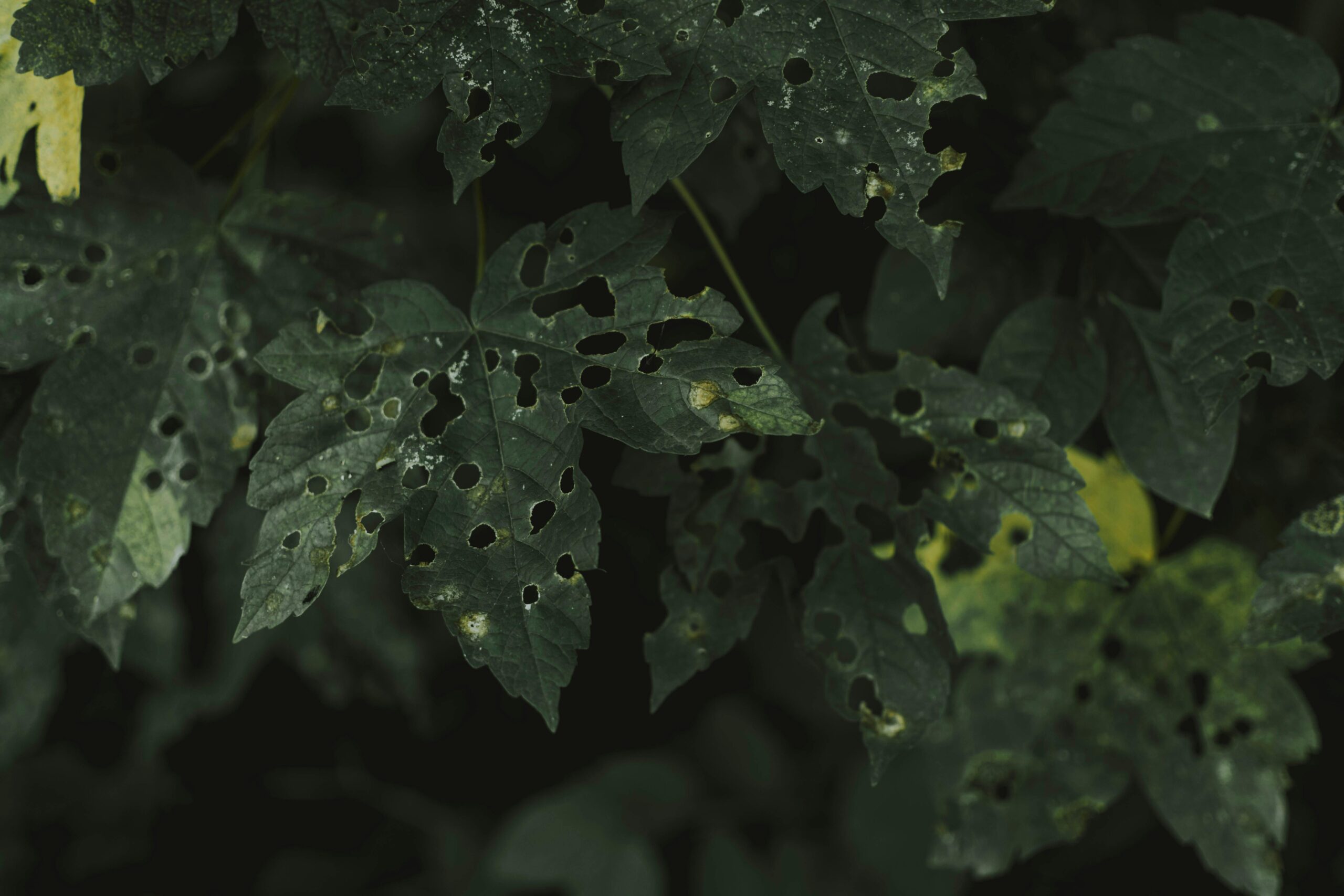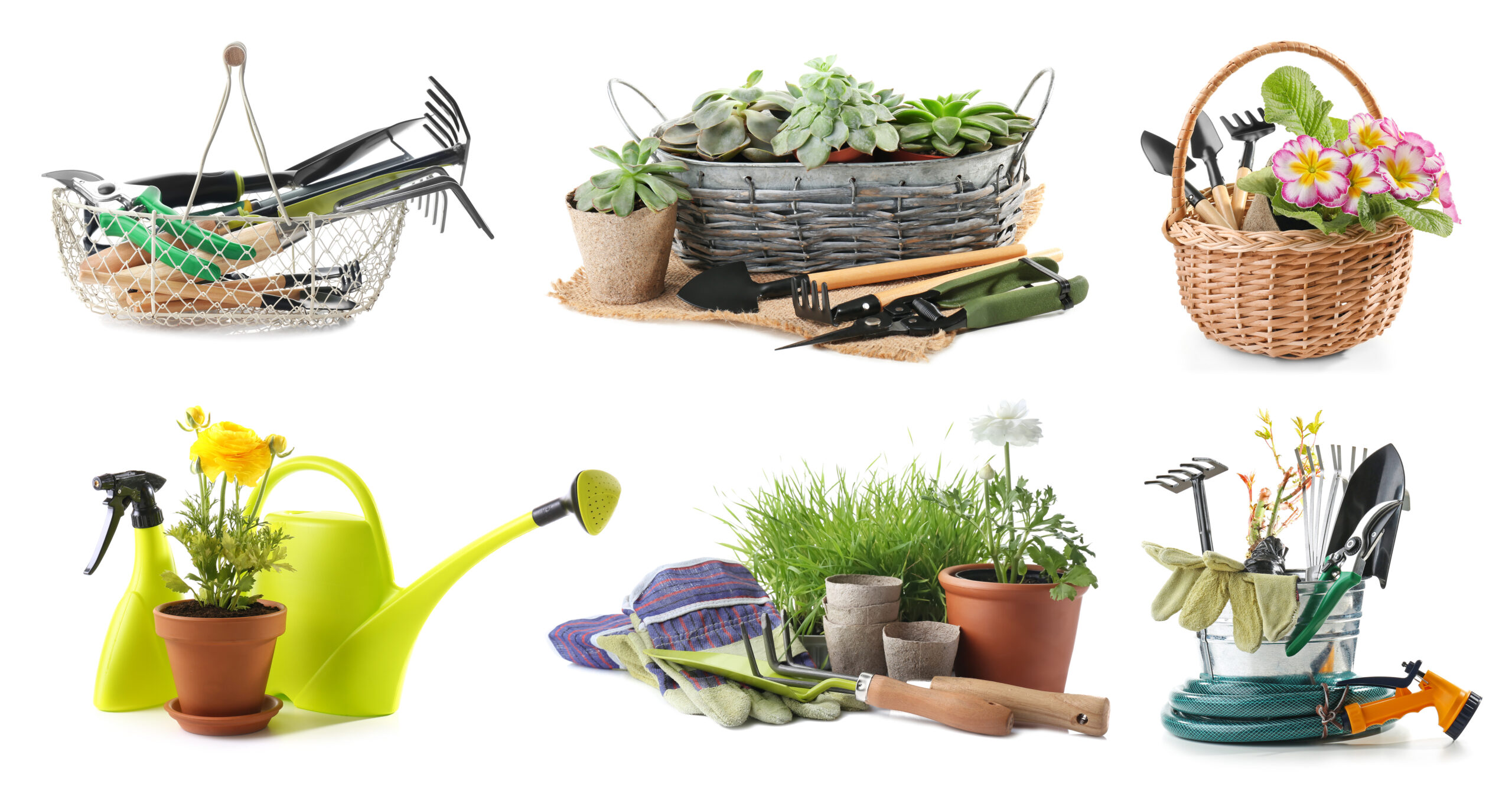
Recognizing Common Indoor Plant Diseases
Understanding and recognizing the signs of common plant diseases are crucial steps in maintaining the health of your indoor garden. Powdery mildew appears as a white, powdery coating on leaves, while root rot, often caused by overwatering, leads to brown, mushy roots and yellowing leaves. Leaf spot diseases cause brown or black spots on leaves, and botrytis blight produces gray, fuzzy mold on leaves, stems, and flowers. Early identification is key to successful treatment and can prevent the spread to other plants.
Preventive Measures: The First Line of Defense
Prevention is always easier than treatment when it comes to plant diseases. Ensure your plants have proper drainage and are not left in standing water to avoid root rot. Provide adequate air circulation around your plants to reduce humidity and prevent fungal diseases. Regularly clean leaves to remove dust and potential pathogens, and quarantine new plants for a few weeks before introducing them to your existing collection. Healthy plants are less susceptible to diseases, so proper watering, lighting, and fertilization according to each plant’s needs are essential.
Treating Powdery Mildew: A Common Foe
Powdery mildew thrives in warm, dry conditions with poor air circulation. To treat, first, isolate the affected plant to prevent spreading. Remove heavily infected leaves and dispose of them properly. Increase air circulation around the plant, and consider using a fungicide specifically designed for powdery mildew. Neem oil, a natural fungicide, can also be effective when applied to both sides of the leaves. Adjusting the plant’s environment to reduce temperature and increase humidity can help prevent future outbreaks.
Combatting Root Rot: Restoring Health Below the Soil
Root rot is a serious condition that requires immediate action. Remove the plant from its pot and gently rinse the roots under running water, trimming away any that are brown and mushy. Repot the plant in fresh, sterile potting mix and a clean pot with adequate drainage. Water sparingly until signs of recovery, such as new growth, are evident. Improving drainage and avoiding overwatering are critical to preventing root rot in the future.
Managing Leaf Spot Diseases: Keeping Foliage Healthy
Leaf spot diseases can often be managed by removing affected leaves and avoiding overhead watering to keep foliage dry. Ensure your plants have enough space between them for air to circulate freely, reducing humidity and the risk of fungal diseases. For persistent problems, applying a fungicide according to the product’s instructions can help control the disease. As with all plant diseases, improving the plant’s overall health through proper care will make it more resilient.
Dealing with Botrytis Blight: A Fuzzy Challenge
Botrytis blight, characterized by gray, fuzzy mold, is exacerbated by high humidity and poor air circulation. Remove and dispose of infected plant parts immediately. Reduce humidity around the plant by increasing air circulation and avoiding wetting the leaves when watering. In severe cases, a fungicide may be necessary to prevent the spread. Keeping the plant and its surrounding area clean and dry is crucial for recovery and prevention.
Chemical vs. Natural Treatments: Choosing the Right Approach
When treating plant diseases, gardeners often face the choice between chemical and natural treatments. Chemical fungicides can be effective for severe or persistent problems but should be used as a last resort due to potential toxicity. Natural treatments, such as neem oil, baking soda solutions, or hydrogen peroxide mixes, can be safer for the plant and the environment. Always consider the severity of the disease and the specific needs of your plant when choosing a treatment method.
Regular Monitoring: The Key to Healthy Plants
Regularly inspect your plants for signs of disease, taking prompt action at the first indication of trouble. Early detection and treatment can save a plant that might otherwise be lost to disease. Keep records of any issues and how they were addressed, as this information can be invaluable for preventing future outbreaks. Remember, healthy plants are the best defense against diseases, so consistent, attentive care is essential.
Maintaining the health of your indoor garden requires vigilance and an understanding of the common diseases that can affect your plants. By recognizing the signs of disease early, taking preventive measures, and choosing the appropriate treatment, you can ensure your plants remain healthy and vibrant, enriching your home with their beauty for years to come.



